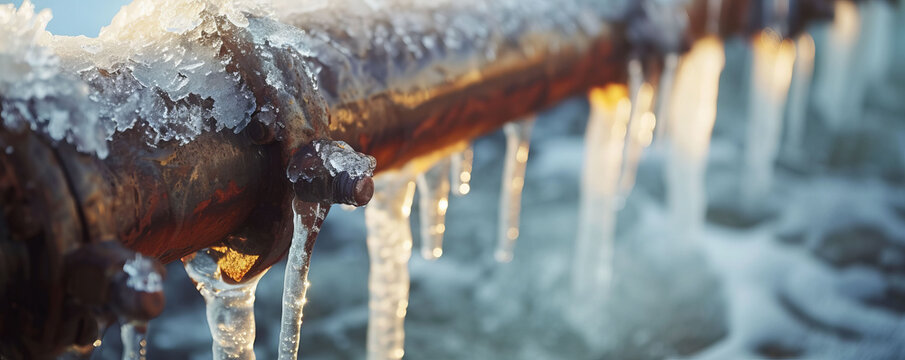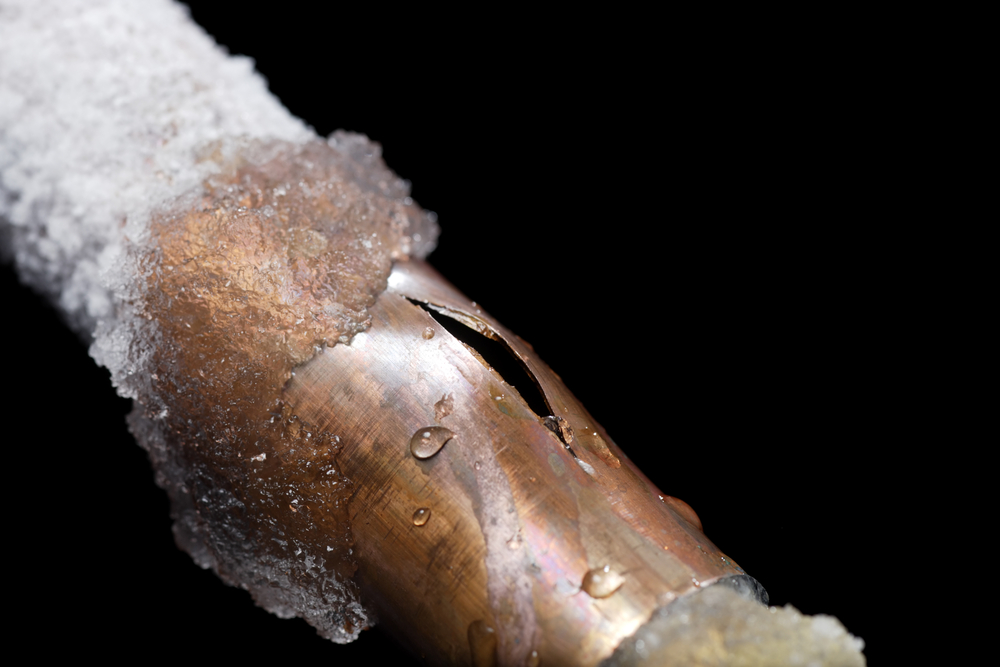Protecting Against Frozen Pipes in Cold Weather: Essential Advice
Protecting Against Frozen Pipes in Cold Weather: Essential Advice
Blog Article
This article down below pertaining to How To Avoid Freezing Pipes is particularly stimulating. Give it a go and make your own personal results.

Cold weather can damage your pipes, particularly by freezing pipelines. Here's exactly how to prevent it from happening and what to do if it does.
Intro
As temperatures decrease, the threat of icy pipes rises, potentially bring about costly repairs and water damages. Understanding exactly how to stop frozen pipes is crucial for house owners in cool environments.
Comprehending Frozen Pipelines
What creates pipes to ice up?
Pipelines ice up when revealed to temperature levels listed below 32 ° F (0 ° C) for extended durations. As water inside the pipes freezes, it broadens, putting pressure on the pipeline walls and potentially creating them to break.
Dangers and damages
Icy pipes can lead to water system interruptions, residential or commercial property damages, and expensive repair work. Ruptured pipelines can flooding homes and create comprehensive structural damage.
Signs of Frozen Water Lines
Identifying frozen pipes early can prevent them from rupturing.
How to identify icy pipelines
Search for reduced water flow from faucets, unusual smells or sounds from pipes, and noticeable frost on subjected pipelines.
Prevention Tips
Protecting vulnerable pipelines
Cover pipes in insulation sleeves or make use of heat tape to secure them from freezing temperature levels. Focus on pipes in unheated or external areas of the home.
Home heating techniques
Keep indoor spaces appropriately warmed, especially areas with plumbing. Open cabinet doors to permit cozy air to circulate around pipes under sinks.
Safeguarding Outside Plumbing
Garden tubes and exterior faucets
Detach and drain yard hose pipes prior to winter season. Install frost-proof spigots or cover outside taps with protected caps.
What to Do If Your Pipes Freeze
Immediate activities to take
If you believe frozen pipes, maintain taps open to eliminate stress as the ice melts. Utilize a hairdryer or towels soaked in warm water to thaw pipelines slowly.
Long-Term Solutions
Structural changes
Take into consideration rerouting pipelines far from outside walls or unheated areas. Include additional insulation to attic rooms, cellars, and crawl spaces.
Upgrading insulation
Purchase high-quality insulation for pipelines, attics, and walls. Correct insulation helps preserve regular temperatures and reduces the threat of frozen pipes.
Final thought
Avoiding icy pipes requires aggressive procedures and quick feedbacks. By recognizing the reasons, signs, and preventive measures, homeowners can safeguard their plumbing throughout cold weather.
6 Proven Ways to Prevent Frozen Pipes and Protect Your Home
Disconnect and Drain Garden Hoses
Before winter arrives, start by disconnecting your garden hoses and draining any remaining water. Close the shut-off valves that supply outdoor hose bibs and leave the outdoor faucet open to allow any residual water to drain. For extra protection, consider using faucet covers throughout the colder months. It’s also important to drain water from any sprinkler supply lines following the manufacturer’s directions.
Insulate Exposed Pipes
Insulating your pipes is an effective way to prevent freezing. Pipe insulation is readily available at home improvement stores and is relatively inexpensive. Pay close attention to pipes in unheated areas such as the attic, basement, crawl spaces, or garage. Apply foam insulation generously to create a buffer against the cold. You can also wrap your pipes in heat tape or thermostat-controlled heat cables for added warmth.
Seal Air Leaks
Inspect your home for any cracks or openings that could let in cold air. Seal any holes around the piping in interior or exterior walls, as well as the sill plates where your home rests on its foundation. Additionally, make sure to keep your garage door closed unless you’re entering or exiting. Leaving it open creates a significant air leak that can lead to frozen pipes.
Allow Warm Air Circulation
During cold snaps, it’s essential to allow warm air to circulate evenly throughout your home. Leave interior doors ajar to promote better airflow. Open kitchen and bathroom cabinets to help distribute heat consistently around the rooms. If you have small children or pets, be sure to remove any household chemicals or potentially harmful cleaners from open cabinets for safety.
Let Faucets Drip
A small trickle of water can make a big difference in preventing ice formation inside your pipes. When temperatures drop significantly, start a drip of water from all faucets served by exposed pipes. This continuous flow helps prevent the water from freezing. Additionally, running a few faucets slightly can relieve pressure inside the pipes, reducing the chances of a rupture if the water inside does freeze.
https://choateshvac.com/6-proven-ways-to-prevent-frozen-pipes-and-protect-your-home/

I came across that page on Winter Plumbing Precautions: Preventing Frozen Pipes while doing a lookup on the search engines. I beg you take a moment to distribute this page if you enjoyed reading it. I recognize the value of reading our article about How to prepare your home plumbing for winter weather.
Instant Quote Report this page